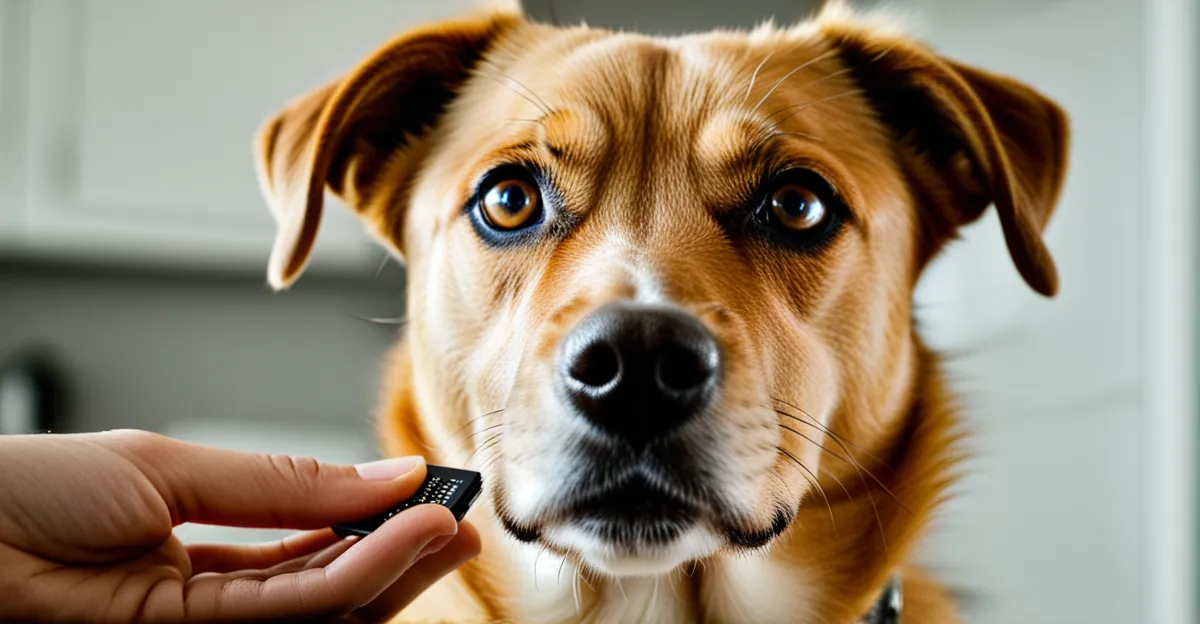Understanding UK Microchipping Laws
Pet microchipping law in the UK mandates that dogs must be microchipped by the age of 8 weeks. This requirement is stipulated under current UK microchipping requirements legislation, aiming to improve pet traceability and welfare. Microchipping is a legal compliance matter, meaning owners must ensure their pets are microchipped to avoid sanctions.
Failure to comply with UK microchipping requirements can bring penalties, including fines and warnings. Local authorities have the power to enforce these rules, and consistent breaches may result in court action or even removal of the pet from the owner’s care.
Have you seen this : What are the essential pet supplies for UK households?
While dogs are the primary focus, some regions encourage microchipping other companion animals, but the legal mandate explicitly applies to dogs for now. These specific regulations highlight the importance of understanding pet microchipping law to stay compliant and protect pets.
Overall, awareness of your responsibilities under the pet microchipping law ensures you avoid penalties and help in reuniting lost pets with their owners efficiently.
Also to see : What Are the Most Unusual Pets One Can Legally Own in the UK?
Step-by-Step Guide to Microchipping Your Pet
Microchipping your pet begins with understanding the microchipping process. Preparation involves ensuring your pet is calm and comfortable; sometimes, a familiar environment or a trusted handler can ease stress. During the microchipping procedure UK, a vet or authorised professional inserts a tiny chip under the pet’s skin, usually between the shoulder blades, using a sterile needle.
The entire appointment is quick, often only a few minutes, causing minimal discomfort. The chip contains a unique identification number linked to your details in a national database. After the procedure, pet microchipping law requires owners to register this information immediately.
Post-microchipping, monitor your pet for any signs of discomfort or swelling, although adverse reactions are rare. This quick, simple process ensures your pet meets UK microchipping requirements and is easily traceable if lost. Knowing exactly how to microchip a pet allows you to approach the appointment confidently, ensuring legal compliance and your pet’s safety.





